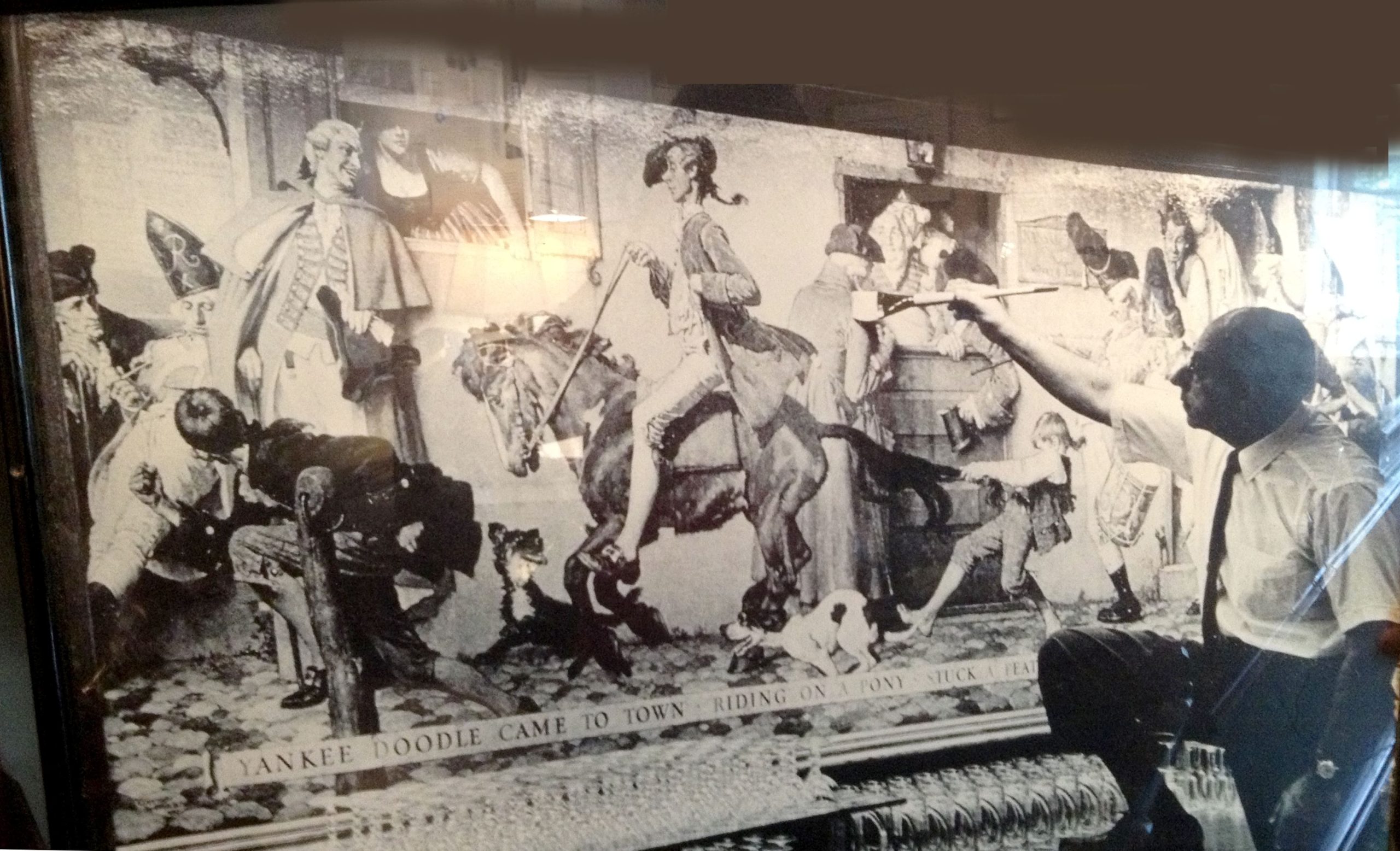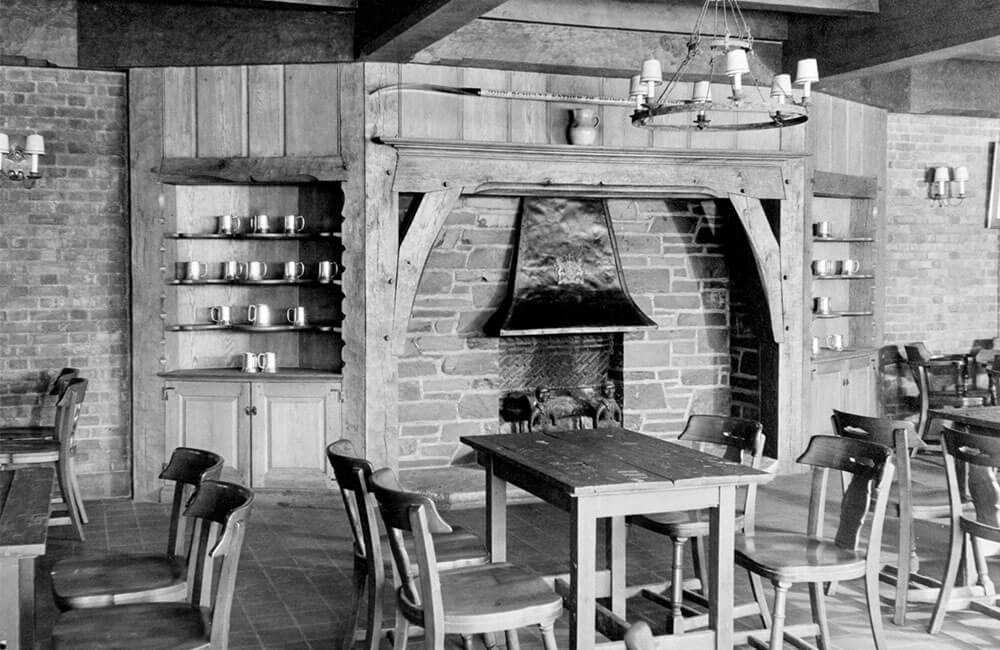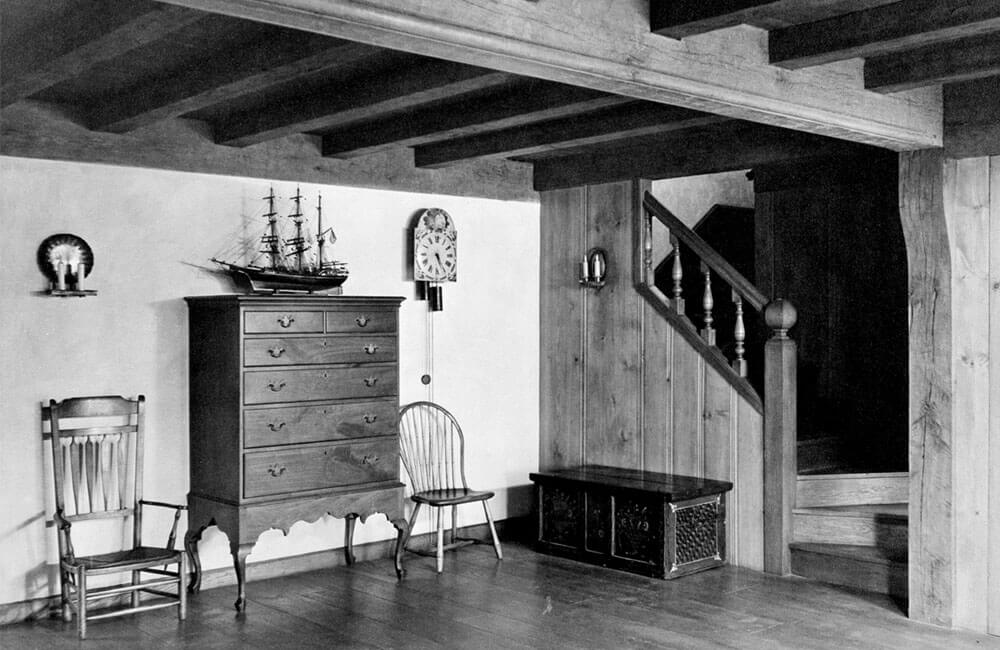Our History
Over 260 years of tradition in Princeton, NJ
When it comes to describing the Nassau Inn, it could be said that the myth has been modernized.
Our charming stone façade gives way to a spacious, stylish hotel awash in boutique comfort and sophistication. It is a place where visitors can host a cutting-edge sales presentation or gather ‘round the massive stone hearth for cocktails and conversation as Paul Revere and Thomas Paine did at our original 52 Nassau Street location nearly 260 years ago. Some might find that a glass of wine, a good book and an overstuffed couch in the parlor are all the nightlife they need. Others may ask us to reserve them a table in our beloved Yankee Doodle Tap Room Restaurant or help them plan a chic, stylish wedding for 200 family and friends.
A Place To Gather
It is a place where visitors can host a cutting-edge sales presentation or gather 'round the massive stone hearth for cocktails and conversation as Paul Revere and Thomas Paine did at our original 52 Nassau Street location nearly 260 years ago.
Quaint Spaces
The low portion of the earlier period was built on the style beloved of Princeton's founders, with the low-raftered ceiling of oak timber, large stone fireplace in the center, and quaint little staircase
A Timeline Of Our History
-
Lorem ipsum dolor sit amet, consectetur adipisicing elit.
1756
The original Nassau Tavern at 52 Nassau Street was built in 1756 by Judge Thomas Leonard, who spent the last years of his life in view of the college he had helped to bring to Princeton.
-
Lorem ipsum dolor sit amet, consectetur adipisicing elit.
1759
When Judge Thomas Leonard passed away in 1759, his elegant residence became a hostelry, which was called College Inn by its new owner. The Inn’s first proprietor was Christopher Beekman, whose natural talent as a host soon established the Inn as the center of the town's life.
-
Lorem ipsum dolor sit amet, consectetur adipisicing elit.
1760s
Wine and argument flowed freely in Beekman's taproom, or drinking room, where his wife helped tend the punchbowls. Students and townsmen were treated to the news and opinions of honored guests such as Paul Revere, Robert Morris and Thomas Paine, who stayed the night more than once.
-
Lorem ipsum dolor sit amet, consectetur adipisicing elit.
1775
In 1775, the Committee of Safety met at College Inn, and a few weeks later, delegates were stopping overnight on their way to the first Continental Congress in Philadelphia.
-
Lorem ipsum dolor sit amet, consectetur adipisicing elit.
1776
Signers of the Declaration of Independence, passing through Princeton in 1776, rested at College Inn.
-
Lorem ipsum dolor sit amet, consectetur adipisicing elit.
1783
As the war began, military men took the place of travelers. Officers of the Continental Army, as well as the British and Hessians (depending upon which side was in possession of the town), found solace in the taproom offerings. Months later, the Battle of Yorktown and the signing of the Peace Treaty were properly celebrated over College Inn punchbowls. When the Continental Congress met in Princeton in 1783, the national celebrities of the day were guests of the Inn, which was just a few steps from the historic session in Nassau Hall.
-
Lorem ipsum dolor sit amet, consectetur adipisicing elit.
19'th Century
At the turn of the 19th century, Christopher Beekman and his wife, Grace Otis Beekman, retired. John Gifford took over the hostelry, changed its name to Nassau Inn and hung a sign picturing Nassau Hall over its entrance.
-
Lorem ipsum dolor sit amet, consectetur adipisicing elit.
1937
The 52 Nassau Street establishment closed its doors in 1937, when it had become evident that the town and the University needed a larger, comfortable, and more modern hotel, one that would preserve the traditions of "Old Nass” while providing suitable suites for travelers and college guests. The construction of Nassau Tavern, which was eventually changed to the Nassau Inn, on Palmer Square was the result.
Stay At Nassau Inn
It is our unique blend of historic charm and modern style that makes the Nassau Inn one of the best places to stay in downtown Princeton. Why not come add your name to the legend?






